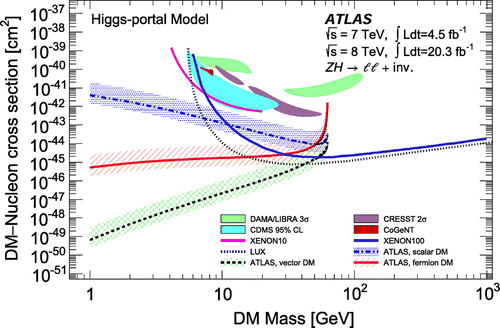Figures & data
Figure 1. Distribution of the number of tracks (left) and the logarithmic ratio of the energy deposited in the hadronic and in the electromagnetic calorimeters (right). Notes: The dashed (dotted) histogram is for jets originating from decays in the hadronic calorimeter (inner detector). The filled histogram is for multi-jet data events used for estimating the background in the signal region.
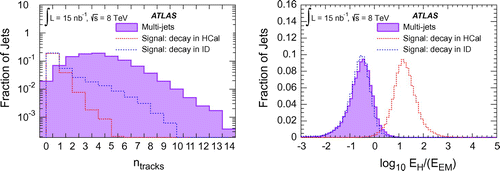
Figure 2. Observed 95% confidence level limits on the exotic Higgs decays to pairs. Note: The production cross-section is taken to be 19.0 pb.
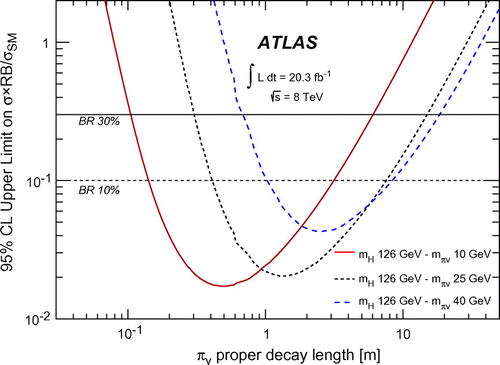
Figure 3. Schematic pictures of the lepton-jet classification according to the decay products. Notes: Three flavors are considered: lepton-jets formed of only muons (TYPE0), a mixed scenario with both muons and a jet (TYPE1), or only a jet (TYPE2).

Figure 4. Parameter space exclusion plot for dark photons as a function of the kinetic mixing parameter and of the mass. Notes: Shown are existing 90% CL exclusion regions from beam-dump or fixed-target experiments, as well as low-energy electron colliders, astrophysical observations, and data on the anomalous magnetic moments of the electron and the muon. The plot includes the ATLAS exclusion limit in a previously unexplored region, looking at Higgs boson decays to displaced lepton-jets. The NNLO gluon fusion Higgs production cross-section is used and decay branching ratios to dark photons of 5, 10, 20, and 40% are assumed.
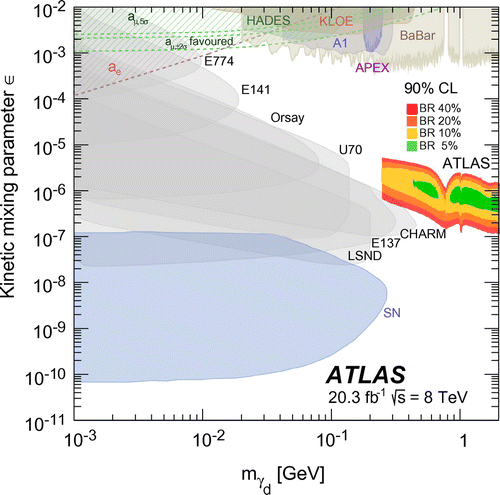
Figure 5. Distribution of the missing transverse momentum for the events with the invariant mass of the dilepton system consistent with the leptons originating from a boson decay (left) and after the full selection (right).
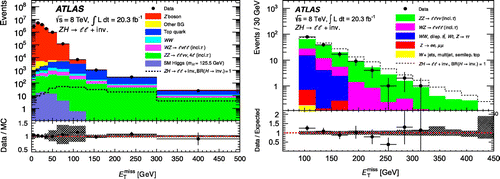
Figure 6. Limits on the DM–nucleon scattering cross-section at 90% confidence level, extracted from the branching ration limit in a Higgs portal scenario and compared to results from direct-search experiments. The results from the direct-search experiments do not depend on the assumptions of the Higgs portal scenario.
